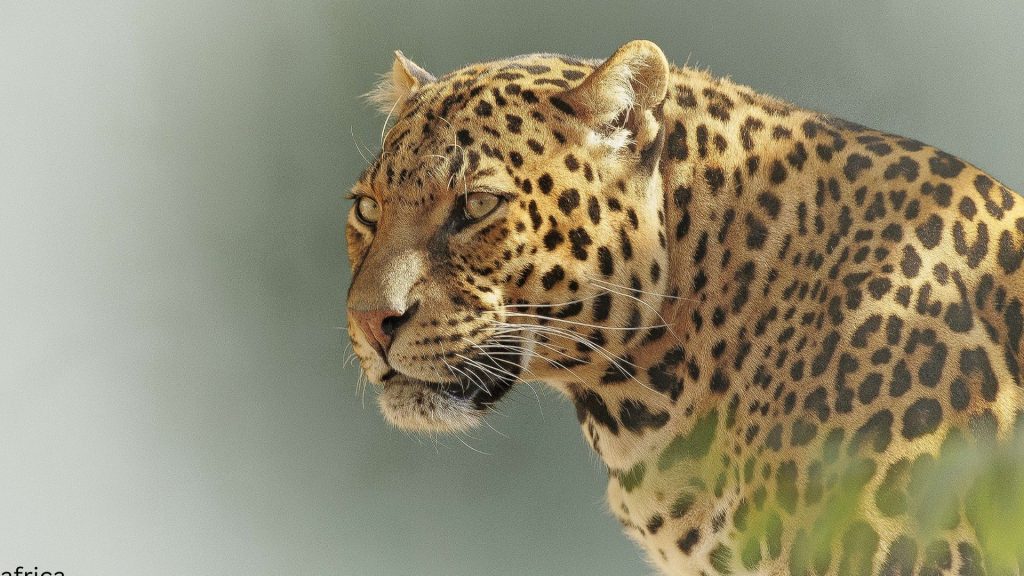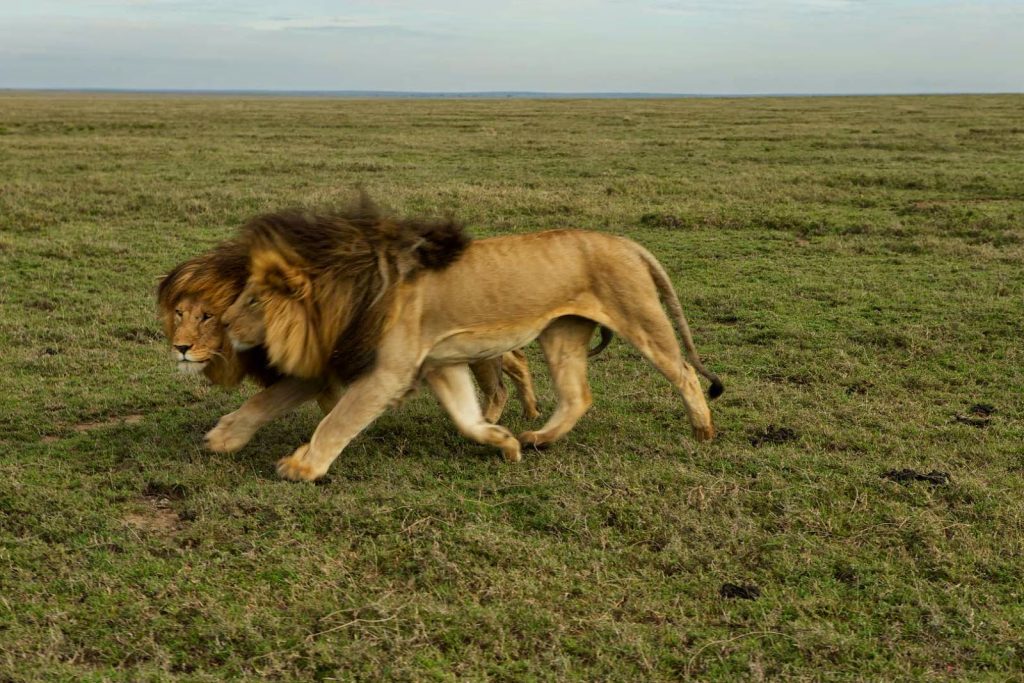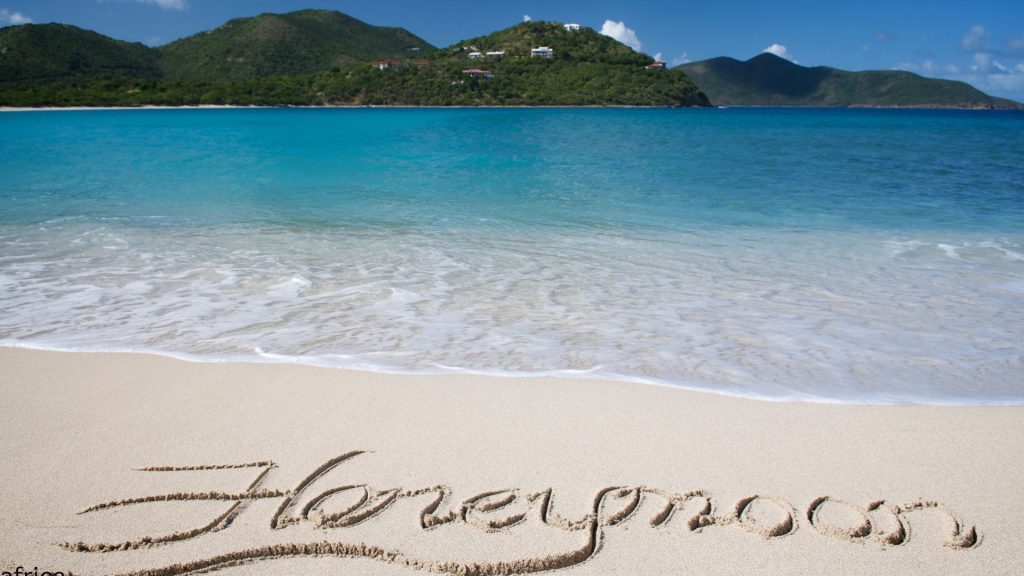The Rongai Route
Home » The Rongai Route
The Rongai route is the only route that approaches Kilimanjaro from the north, close to the Kenyan border. Though gaining popularity amongst climbers, Rongai has low traffic. It is the preferred route for those looking for an alternative to the crowded Marangu route, for those who would like a more remote hike, and for those who are climbing during the rainy season (the north side receives less precipitation)
The six day version of the Rongai route (via Mawenzi Tarn) is the route of choice for those looking for an easy climb with excellent success rates, but away from the crowds, with great scenery and a wilderness feel to it. It is slightly more expensive.
The Rongai route is the only climb route that approaches Kilimanjaro from the north. The descent is in the south-east via the Marangu route, so you get to see both sides of the mountain.
The extra transport cost makes a Rongai route climb more expensive. It is also more expensive because there is less demand and fewer budget operators.
The Rongai route has a reputation of being less scenic, but even if there is not quite as much variety as on Machame, it is still a spectacular route, especially on the later days. The camp beneath Mawenzi Peak is one of the most scenic on the mountain.
Rongai is also one of the routes where seeing wildlife on Kilimanjaro is still possible.
The Rongai climb has the same easy, gradual climb profile as the Marangu route. It rises very steadily, there aren’t any steep climbs involved, no major ups and downs.
However, the camps are staggered a lot better than on Marangu. On your last day before the summit attempt you only ascend a few hundred metres, and you have all afternoon to rest and acclimatise.
With a good operator, you have an 80 – 90% chance to make it to the crater rim, and 70 – 80% will make it to Uhuru Peak.
(If you have some trekking experience your chances to make it to the summit could be as good as 90%. (The remaining 10% come down to weather, individual preparation, individual altitude tolerance, and unforeseen mishaps.)
The Rongai route has another important advantage: the northern side of Kilimanjaro is a lot drier than the other side. Your chances NOT to get soaked on the first days are excellent. Especially if you climb Kilimanjaro during one of the wetter periods of the year, using Rongai makes a lot of sense.



